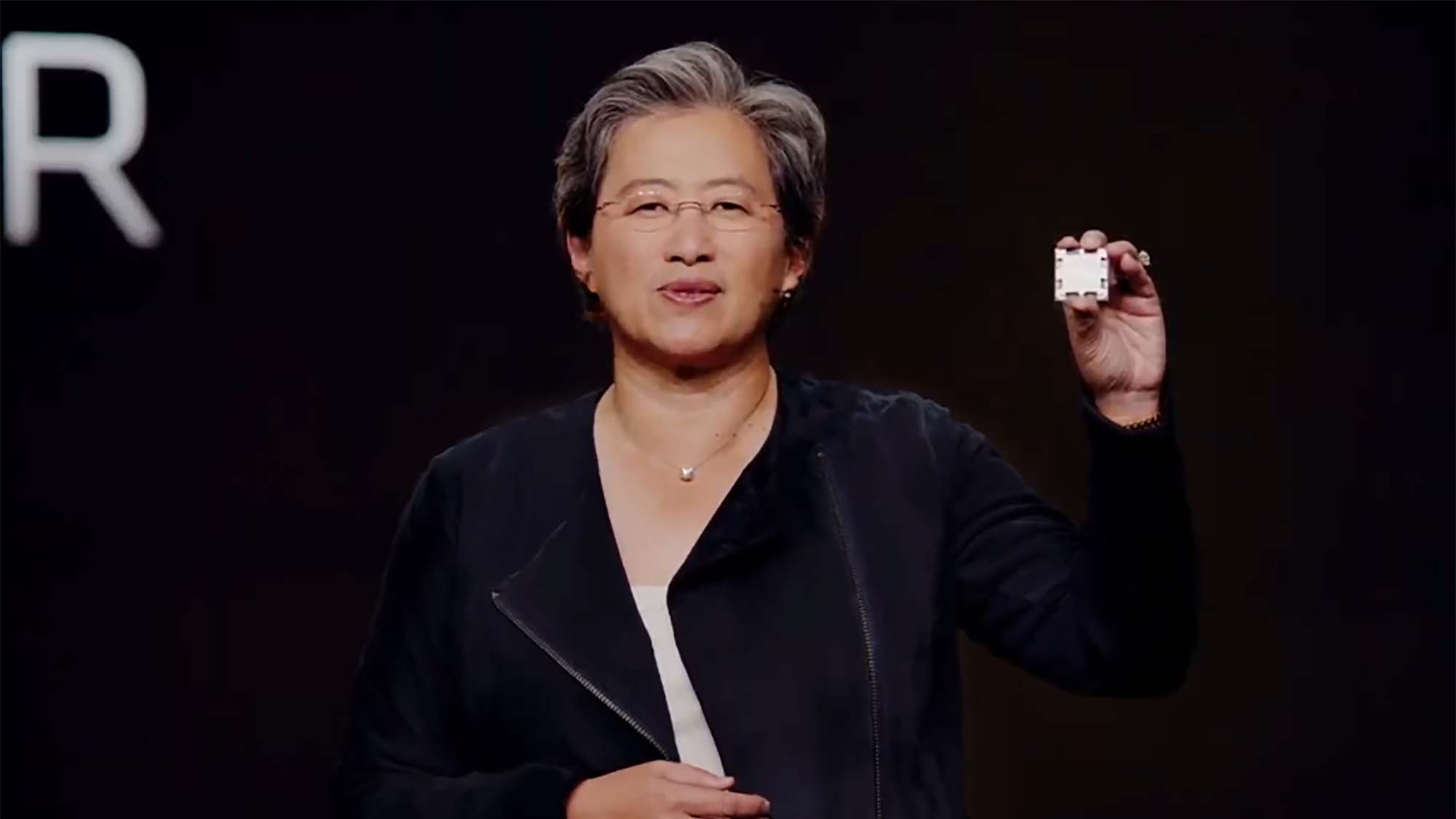Chiplets are officially the future of processor design
AMD, Arm, and Intel all support the new processor interface

Modern processors are made up of billions of tiny transistors, and shrinking them steadily has let chip manufacturers keep pace with Moore's Law. But what if the processors themselves could shrink? That's the vision behind chiplets: smaller processor components that take some of the load off of CPUs, which themselves could also be designed as chiplets.
On Tuesday, Semiconductor industry titans including Intel, AMD, Samsung, TSMC, and Arm came together to announce a new universal chiplet interface – which they hope will accelerate chiplet innovation in the future.
The new consortium is called Universal Chiplet Interconnect Express (UCIe), and it's purpose is to standardize die-to-die interconnects for chipset designs in the future with an open-source approach that any industry player can use.
Absent from the consortium, notably, was Nvidia, but that might not matter much since all three of the world's leading semiconductor foundries (Intel, TSMC, and Samsung) are participating.
What this means for processor design will ultimately be up to engineers, but in short, this will allow better integration of chiplets, which are smaller processor components that take some of the load off of the central processing cores, which themselves could also be designed as chiplets.
Part of the appeal of UCIe is that it gives the industry more flexibility in processor design in a way that allows it to interface with other components on a motherboard through PCIe and other connections.
Analysis: it's chiplets all the way down
Chiplet design offers all kinds of advantages over the existing all-in-one-component paradigm.
Sign up to the TechRadar Pro newsletter to get all the top news, opinion, features and guidance your business needs to succeed!
For one, chiplets do not all need to use the same processor node, so you can have a mix of 5nm chiplets that handle the high-performance tasks alongside 12nm and 14nm chiplets that focus more on less rigorous tasks.
If that sounds a lot like Arm's big.LITTLE architecture design, you're not wrong. Chiplets essentially take the advantages of Arm's design and expands it beyond just the central processing cores.
Another advantage that UCIe brings is the flexibility to adopt more 2.5D and 3D chiplet technology, as our buddies over at Tom's Hardware explain.
With the new open chiplet standard, industry has an important new tool at its disposal as it grapples with the scaling challenges presented by physics and the coming end of Moore's Law
- So which are the best processors you can buy in 2022?

John (He/Him) is the Components Editor here at TechRadar and he is also a programmer, gamer, activist, and Brooklyn College alum currently living in Brooklyn, NY.
Named by the CTA as a CES 2020 Media Trailblazer for his science and technology reporting, John specializes in all areas of computer science, including industry news, hardware reviews, PC gaming, as well as general science writing and the social impact of the tech industry.
You can find him online on Bluesky @johnloeffler.bsky.social